Byron Hot Springs Hotel
A ruined hotel with an unlucky history and an eerie present.
The Byron Hot Springs Hotel has been a resort, a residence, an army interrogation center, and a monastery in its several-hundred year history.
It has been burned down and sold, rebuilt and re-purposed. But now it only exists as a crumbling skeleton–a respite only for the cattle which share its land on the side of an otherwise sleepy city of Byron, California.
Given its history of glamour, combustion, and military use, it makes a lot of sense to try to restore the Byron Hot Springs Hotel. But given the condition of the structure, it makes no sense. The three-story building is gutted, vandalized, cracked and outdated. If dreams to return it to its former grandeur should be realized, if groves and gardens and springs and popularity among the elite should be restored, it would only make sense to knock it down and start over.As it is, the prevalence of cowpies on the bottom floor suggests who gets the most use out of the place. Cattle are also likely the only living thing to see you, save maybe some construction workers before you enter the private property. Visitors can find parking off-site and walk to the entrance of the Hot Springs road. Palms partially obscure a spray-painted sign reading “Danger - No Trespassing,” and a bent barbed-wire fence is at the entrance to the trail. About a half mile down the road, the first sign that you’re going to have fun is a tree stump painted with the words “Turn Back.”
Far down the road is the structure, in which there are of course rooms, bathrooms, closets and staircases, all with their own graffiti and photo ops. The elevator shaft is missing an elevator, and the lobby, lined with sweeping staircases on each side, is flush with broken concrete. Many of the palm trees on one side of the hotel are severed near the base.
No one has been keeping these littered, dumpy grounds for a long time, besides the cattle that graze nearby. Still, there is an unmistakable serenity to the place. The grass is green in the winter, and trees grow all around the property. Hills surround, topped with windmills.
The property has changed hands and purposes more than Black Beauty. People and animals alike were attracted to the salt springs, and in 1863 the Risdon family filed for a land patent for 160 acres, with the hot springs on the center. Then it was bought by the Mead family, who made the place into a hotel in 1889, which only lasted until 1901 before burning down. A second hotel was built in 1901 and stayed up until 1912, when it was also destroyed by fire. The retreat attracted many wealthy people and celebrities for the “health benefits” of the hot, sulfurous waters that sprung from the ground. The third hotel was built in 1913 and closed in 1938 after lawsuits and the death of resort founder Lewis Mead.
In 1941 the building became Camp Tracy, a WWII Interrogation camp for German and Japanese prisoners of war. This camp actually utilized cultural understanding, offered the prisoners access to the hot springs. Then it was sold to the Greek Orthodox church to be used as a Mission St. Paul, and then in 1956 it changed hands many more times. Different owners planned to restore the springs, but bankruptcy, politics, financial issues, illness, and more bankruptcy stifled all plans for development. Today, the property is owned by Stonecrest Investment Group, as part of the Coast Capital Income Fund, LLC.
Know Before You Go
Please respect that this is private property and do not trespass—the multiple "no trespassing" signs exist for a reason. Despite not holding any claim to the property, the next door neighbors keep a watchful eye on the area and will eagerly remove unauthorized visitors from the property and have been known to threaten or harass visitors.
Community Contributors
Added by
Edited by
Plan Your Trip
The Atlas Obscura Podcast is Back!








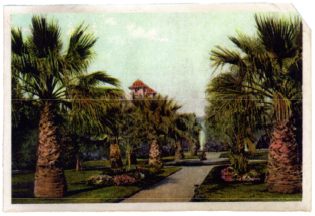
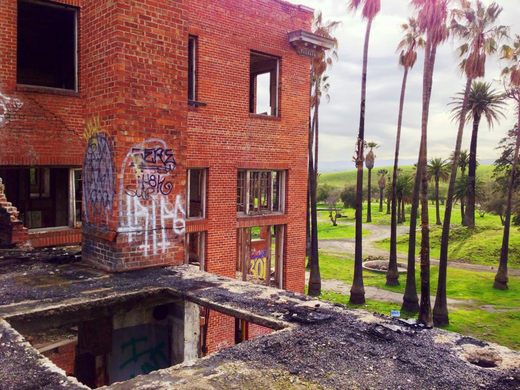


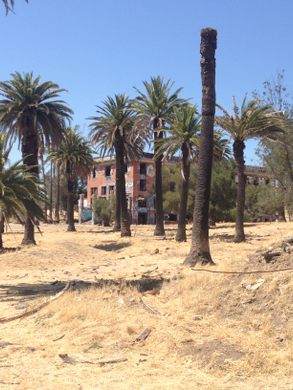
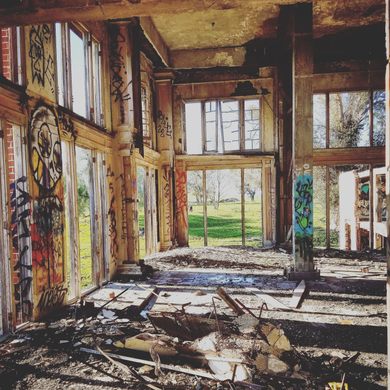
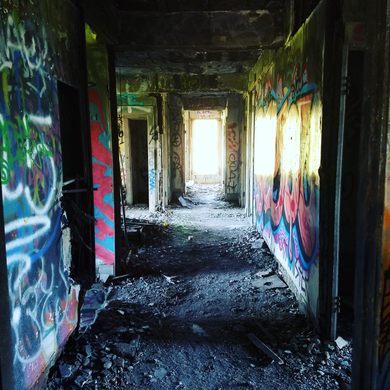
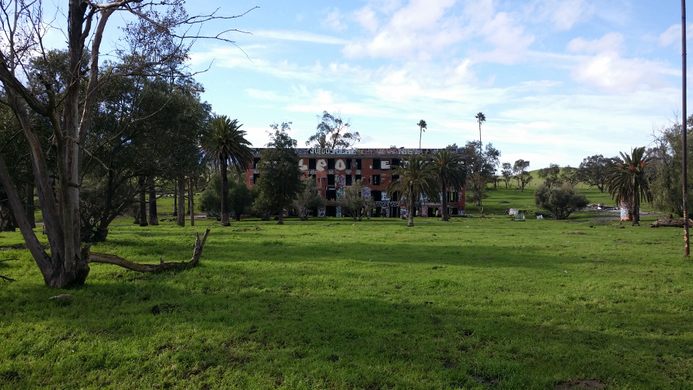
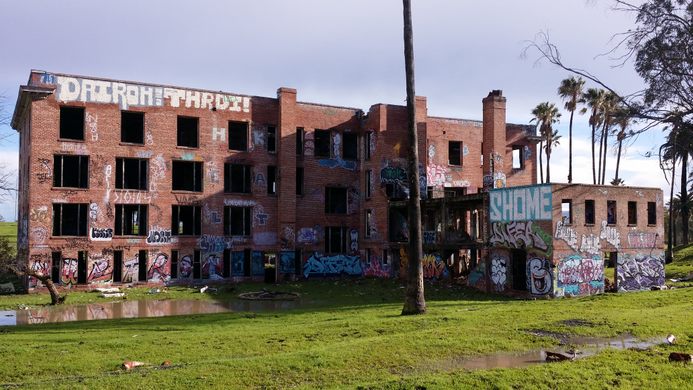
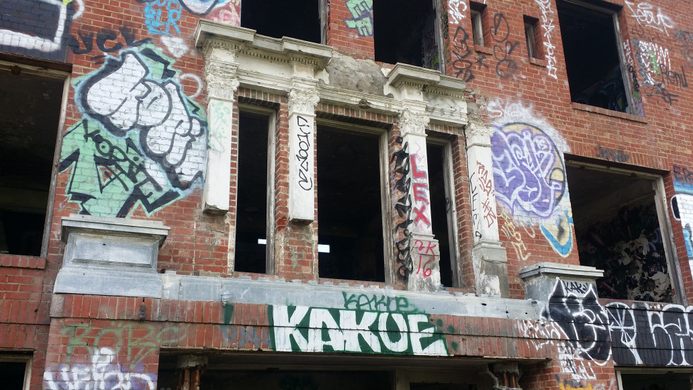
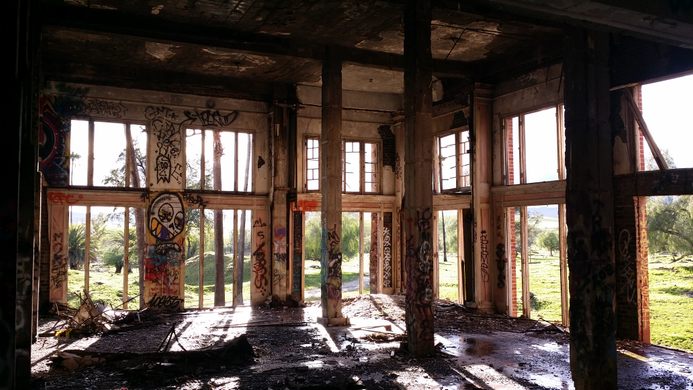
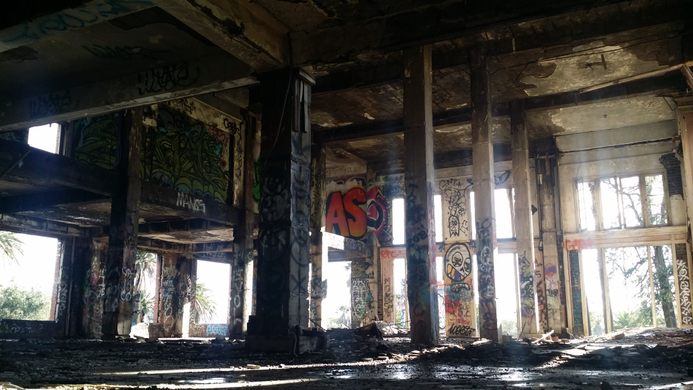
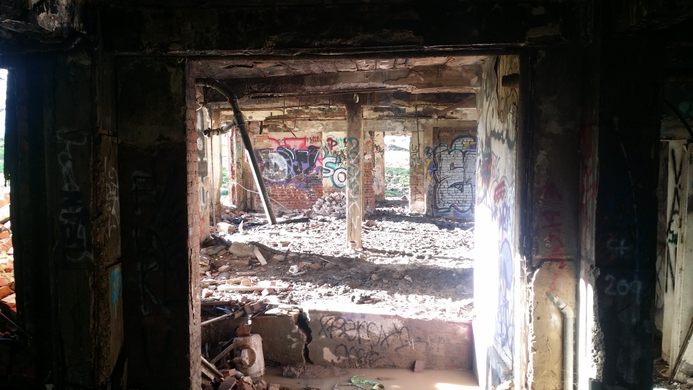

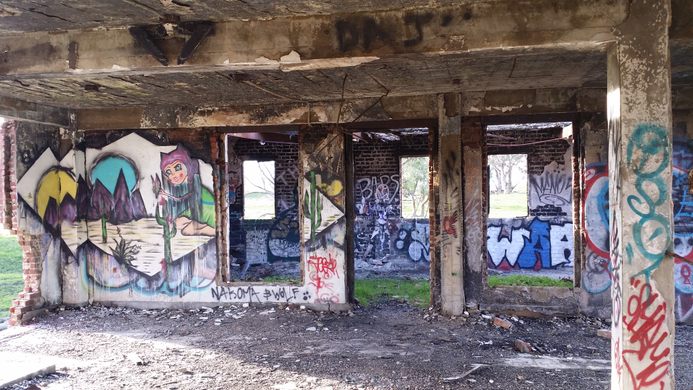
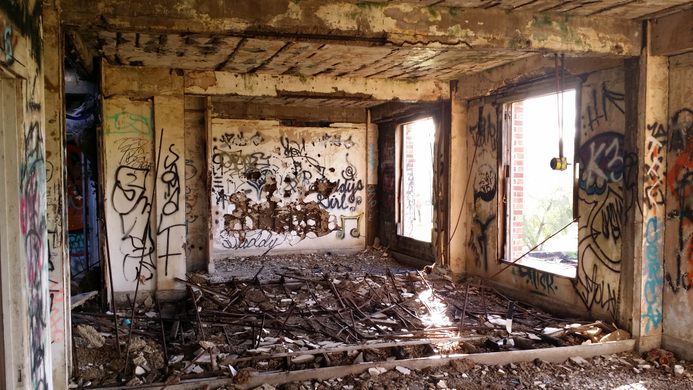
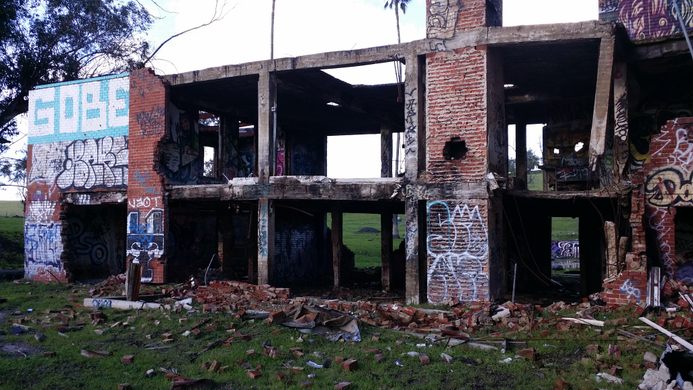
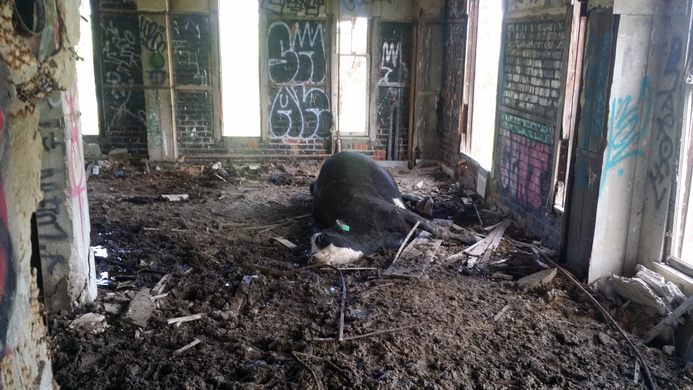
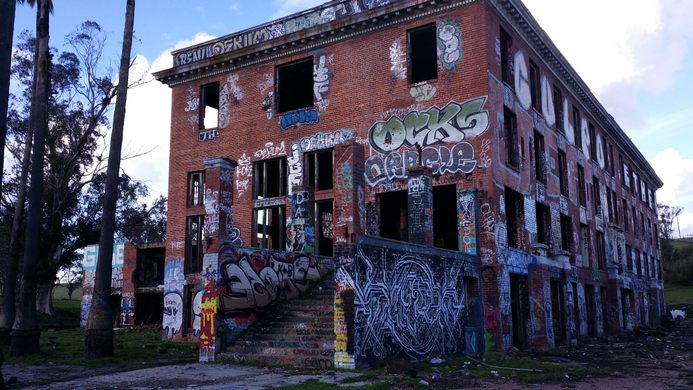









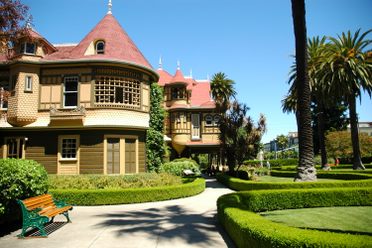












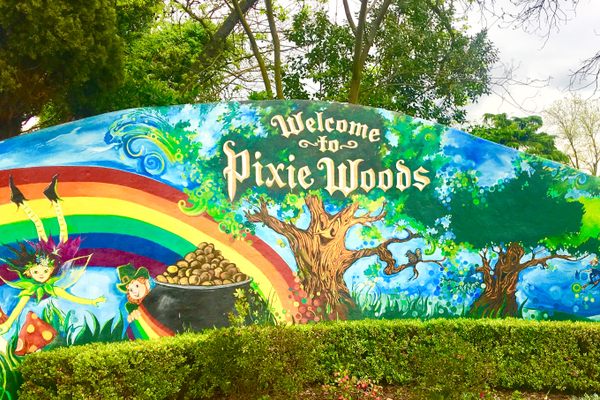






Follow us on Twitter to get the latest on the world's hidden wonders.
Like us on Facebook to get the latest on the world's hidden wonders.
Follow us on Twitter Like us on Facebook